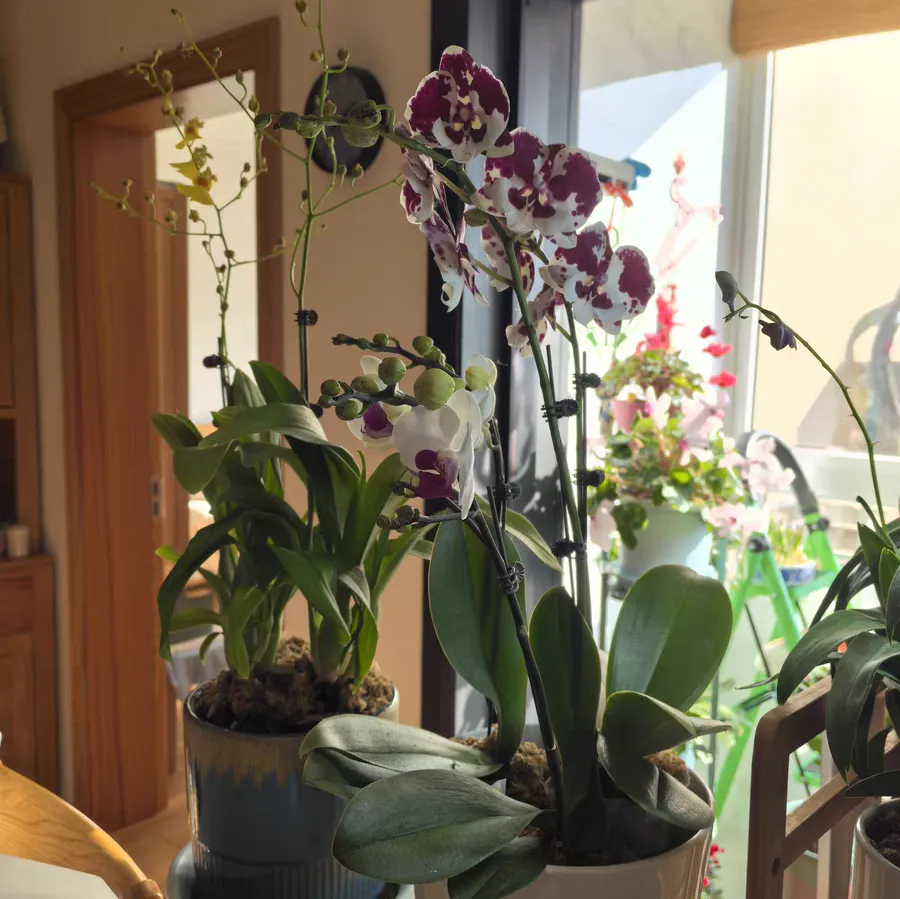Today, I'd like to introduce cotton to you, which is common in our daily life but not fully understood by many people.
Cotton is an important cash crop. Its fibers are soft and white, serving as the main raw material for the textile industry. Many of the clothes we wear and the bed sheets and quilt covers we use are inseparable from it. Generally, cotton plants are 1 to 2 meters tall, with upright stems, broad palm-shaped leaves. The flowers are white or light yellow at the initial stage, and then they will turn red or purple before withering and leaving behind cotton bolls. When the cotton bolls mature, they split open, revealing the white cotton inside, which is the cotton we are familiar with.
The sowing time of cotton varies from region to region. Generally speaking, the cotton-growing areas in the Yangtze River Basin sow cotton from March to April, those in the Yellow River Basin sow from April to May, and the cotton-growing areas in Xinjiang sow from mid-April to early May. When sowing, sunny and warm weather should be chosen to ensure that the soil temperature remains stable above 12 °C, which is conducive to the germination and emergence of seeds.
Growth Stages
Sowing and Emergence: Sow the seeds when the temperature in spring is above 12 °C. The seeds absorb water, swell, break through the soil, and two cotyledons will appear.
Seedling Stage: True leaves grow and the roots take hold, laying the foundation for the subsequent growth.
Budding Stage: Buds appear, and both vegetative and reproductive growth occur simultaneously. The demand for fertilizers and water increases.
Flowering and Boll-Forming Stage: The cotton flowers bloom, are pollinated and form bolls. The fibers develop, requiring sufficient light, water and fertilizers.
Boll-Opening Stage: The mature cotton bolls split open, revealing the cotton, and then it can be picked.
Planting and Maintenance
Soil: Choose land with deep, loose, fertile soil and good drainage. Before sowing, plow deeply and harrow the land to make it flat. Apply 2 - 3 tons of organic fertilizer and 30 - 50 kilograms of superphosphate per mu.
Sowing: Use drill sowing or hole sowing. Spread the seeds evenly, with a sowing depth of 3 - 5 centimeters. Cover the seeds with soil and compact it to keep the soil moist.
Management:
Thinning and Final Planting: Thin out the seedlings when there are 3 - 4 true leaves, and conduct final planting when the seedlings are 10 - 15 centimeters tall, keeping 3,000 - 5,000 plants per mu.
Fertilization and Irrigation: Use less nitrogen fertilizer in the seedling stage, increase the application of phosphorus and potassium fertilizers in the budding stage, and emphasize the application of nitrogen and potassium fertilizers in the flowering and boll-forming stage. Water as needed to prevent waterlogging.
Pruning and Topping: Remove the redundant branches and leaves in the budding and flowering and boll-forming stages. When the plants grow to a certain height, top them to promote the development of lateral branches and bolls.
Pest and Disease Control: Regularly inspect the fields to prevent cotton aphids, bollworms, fusarium wilt and other diseases. Combine biological, physical and chemical control methods for prevention and treatment.
Cotton Planting and Maintenance Precautions

Share with
Tagged in :




Leave a Reply